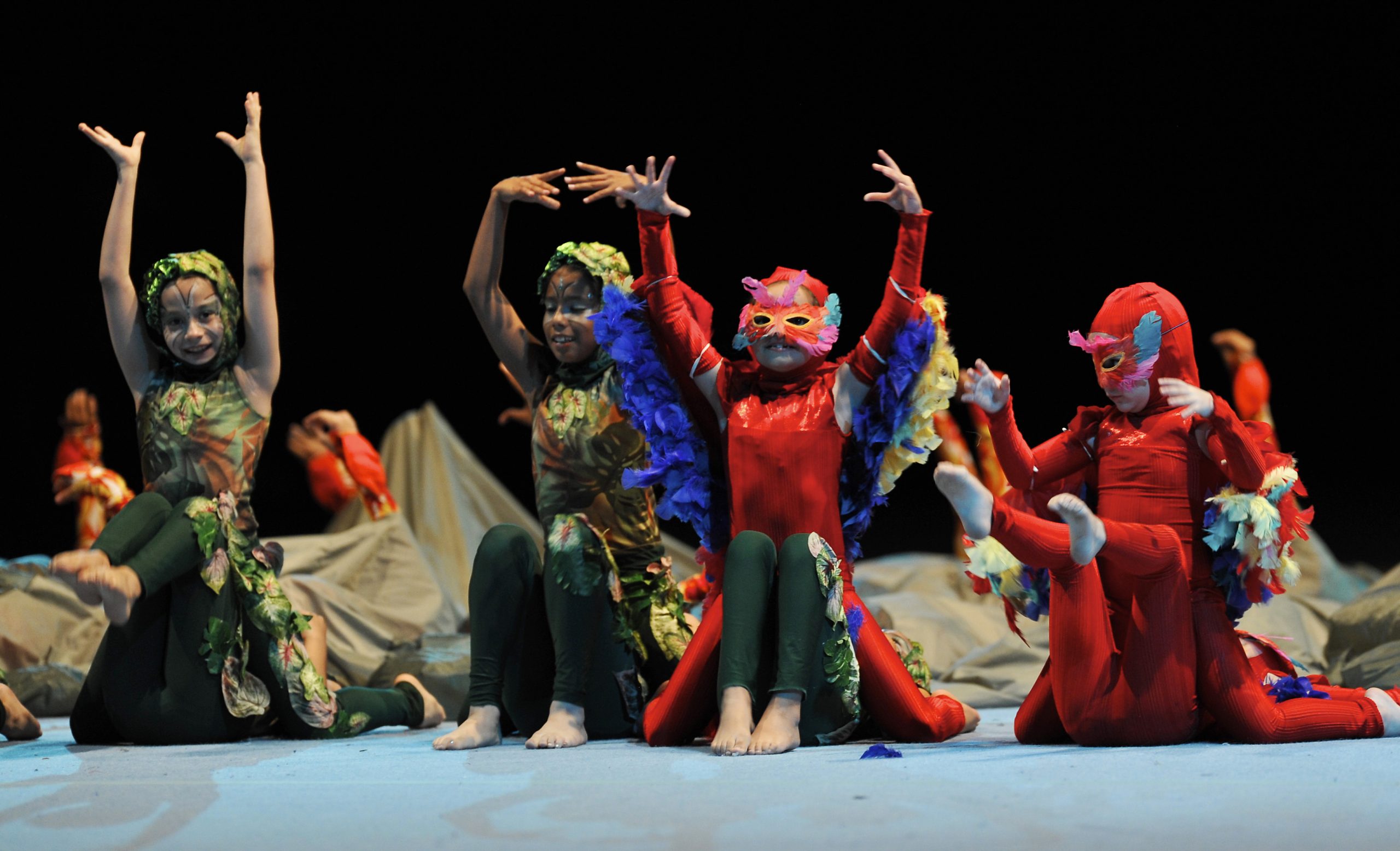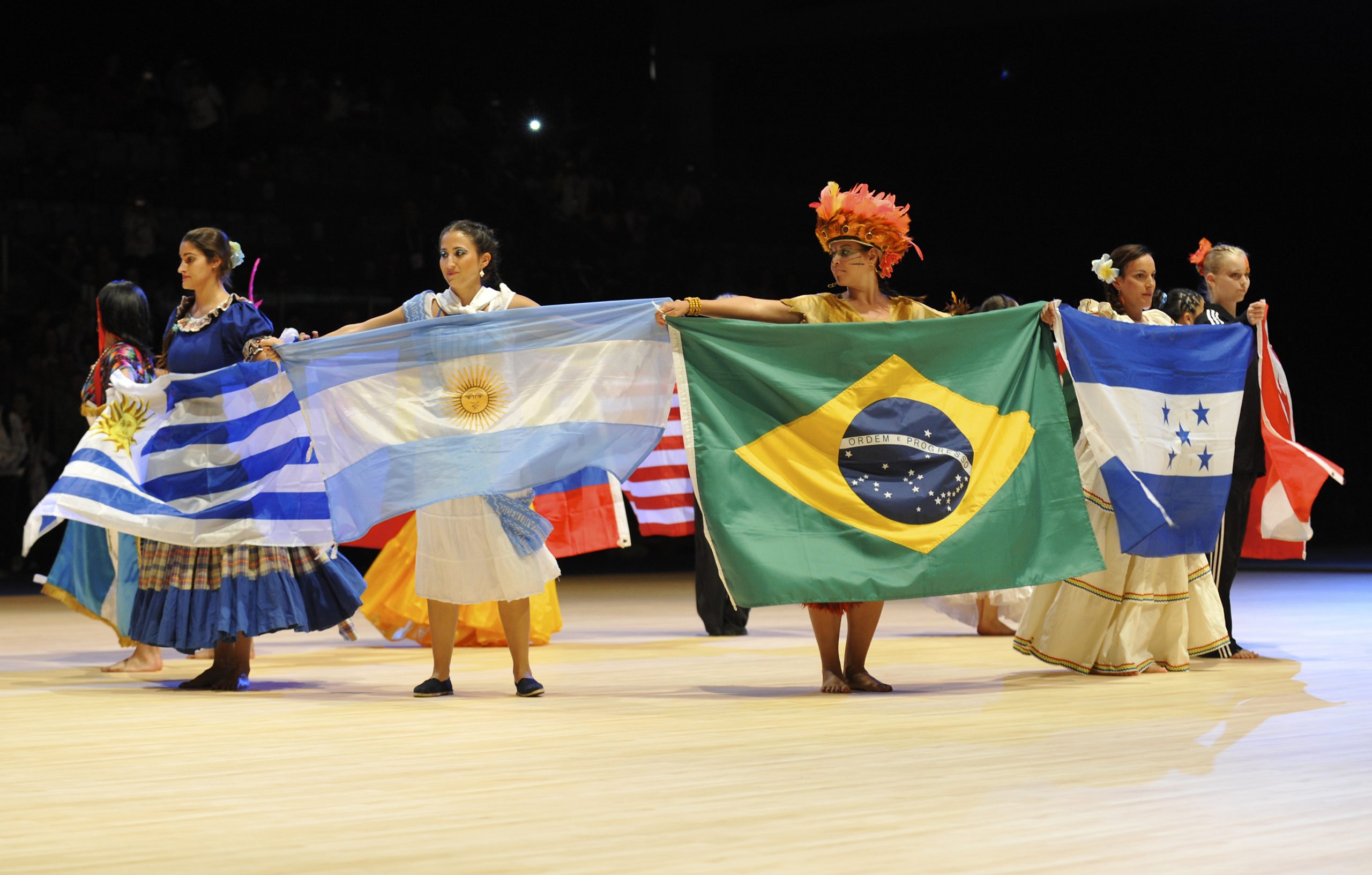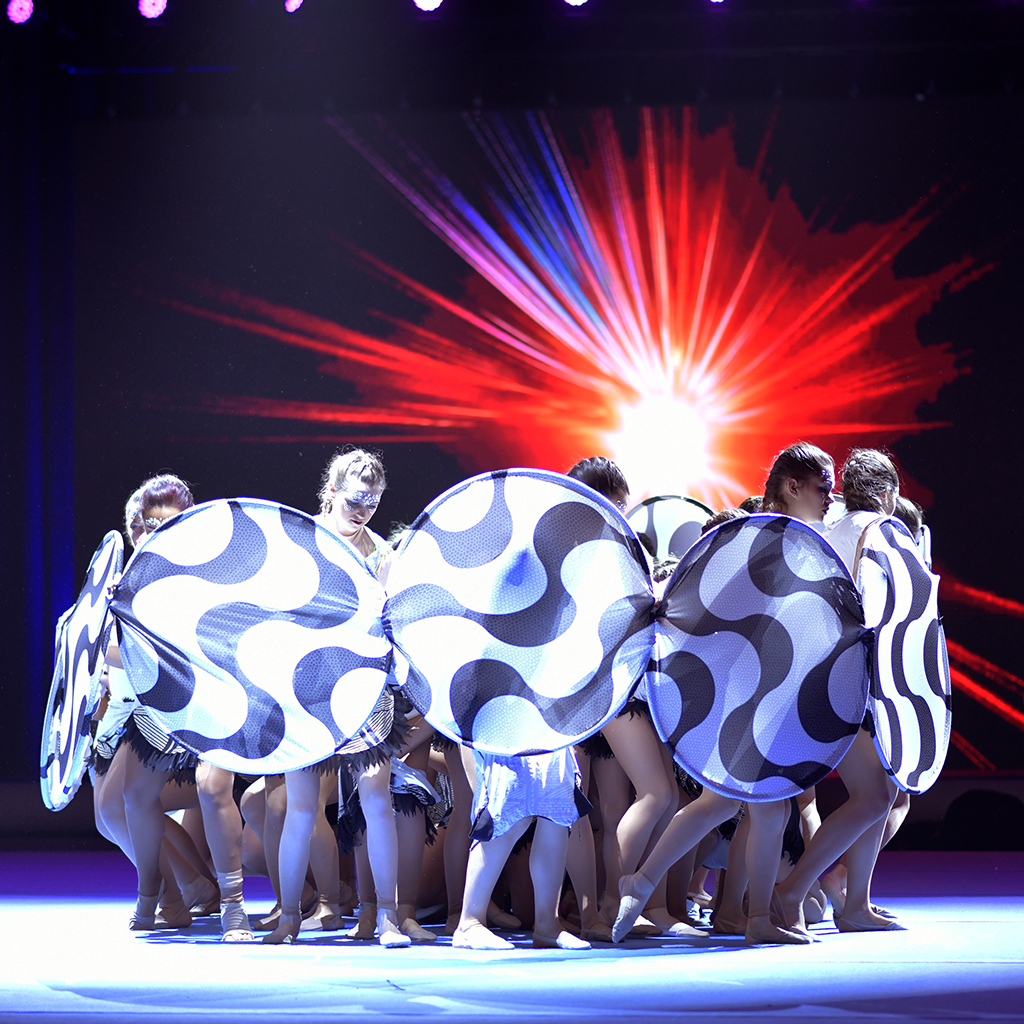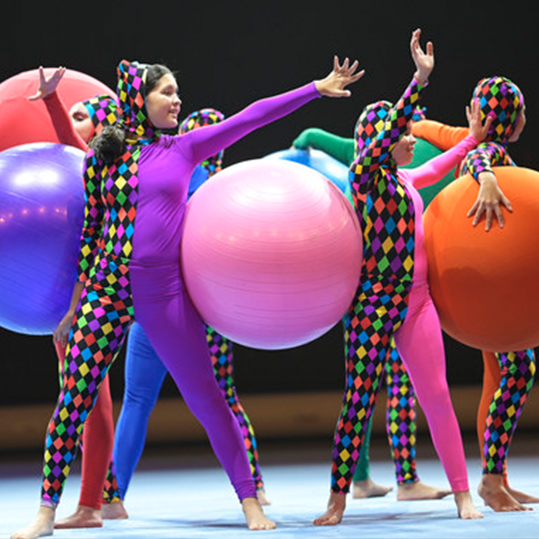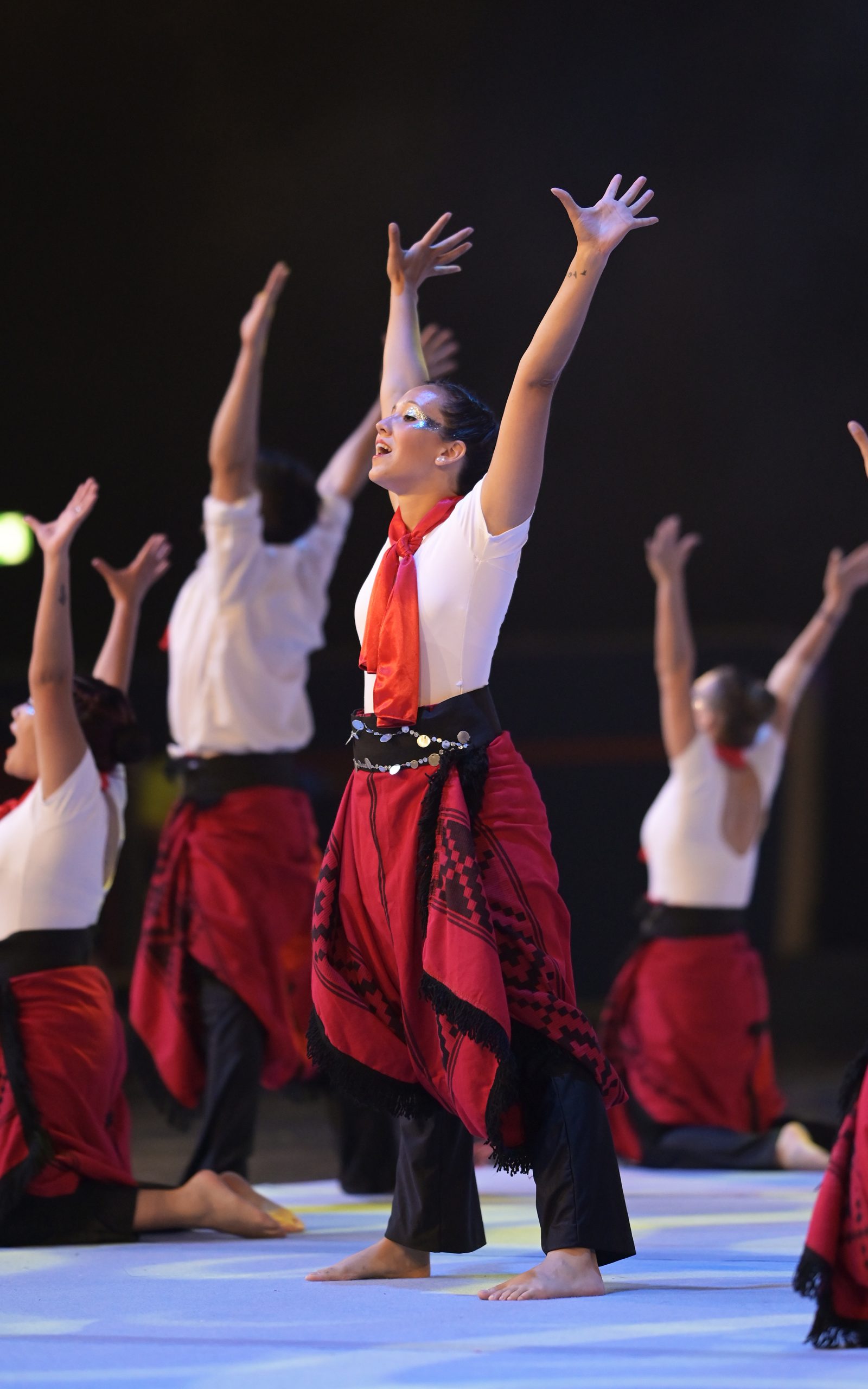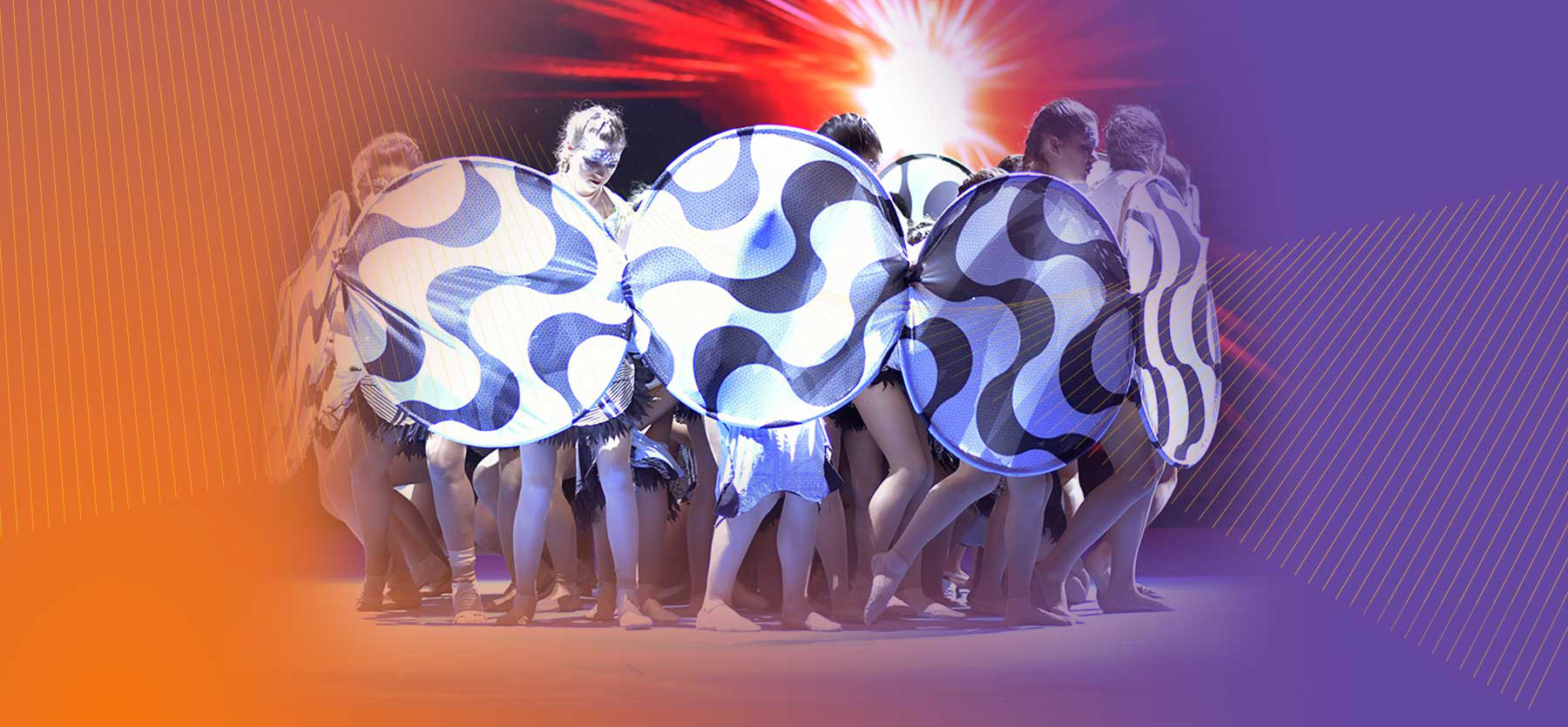For the UPAG, the history of participation in non-competitive gymnastics dates back to 1957; incredibly close to its beginning as a modality regulated and structured by the FIG. This is the date when for the first time some countries of our Continent, specifically Canada and Brazil, presented themselves for the first time with groups in Zagreb, Croatia, within the Gymnaestrada.
It is worth mentioning that these two countries, together with the United States of America, have practically been featured in the different Gymnaestrada broadcasts since then and much more frequently since 1969.
In 2001 a first meeting was organized with the support of the FIG, of leaders from different countries of America, with the intention of training in Gymnastics For All and seek to initiate it in many more countries, thus supporting a first foray into the World Gymnastics for All.
In 2003 the UPAG, represented by 9 countries of our Contienente: Canada, United States, Mexico, Honduras, Trinidad and Tobago, Ecuador, Venezuela, Brazil and Chile, was presented in a World Gymnaestrada, making a first joint presentation and achieving a milestone that allowed the development of what has been achieved to date in this modality.
The experience of participation as UPAG in the Gymnaestrada of Lisbon in 2003, allowed the creation of a real network of relations between the countries that joined the initiative and that after this great experience of participation, drew a clear path of development and participation for UPAG during the following years. Since the Gymnaestrada of Dornbirn 2007, the Panamerican Union presents the continental night of UPAG, with more participants in each successive Gymnaestrada.
